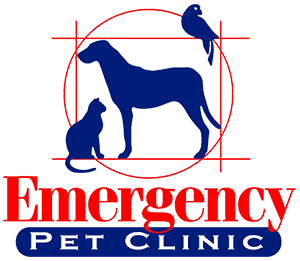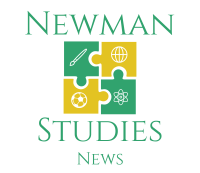
If there is a health risk to which older people are more exposed, it is the cardiovascular diseases: atherosclerosis, arterial hypertension, stroke, myocardial infarction and arteritis of the lower limbs affect our seniors more frequently. Three-quarters of the deaths are age 75 and older. A visit to afterhrsclinic.com makes things perfect now.

Fortunately, the people are better and better cared for and warned against these evils. One can well live by being cardiac, especially if one takes care of one’s heart, and one lives in a safe medical environment. A loved one suffers from one of these cardiovascular diseases, and you want to make sure that it will be well followed, treated, re-educated if necessary? Here’s what you need to pay attention to.
After a heart attack: where to do rehabilitation?
This is not systematic, but sometimes after hospitalization, the medical team recommends going through a phase of rehabilitation or cardiovascular rehabilitation. Allow the patient to overcome the consequences of the accident to regain his physical abilities, good morale, and social link.
SSR: units designed for cardio-vascular rehabilitation
With adapted physical exercises and long-term measures, rehabilitation allows the patient to regain autonomy. And so to continue his life, at home or in institutions, in much better conditions.
This rehabilitation takes place in follow-up care and rehabilitation service (SSR), specializing in cardiovascular diseases. They are designed for stays of short duration: one stays on average 35.6 days. If your loved one passes through one of these services, you will have to ask the question of his next place of accommodation.
The healthcare team: how is it organized?
Three crucial things to check to make sure your loved one gets the best care:
- The qualifications of the nursing team. Take advice from your doctor who knows the establishments and their reputations and who will guide you to a quality establishment.
- The composition of this team. How many nurses, but also physiotherapists, are present in this hospital? Quantity does not necessarily mean quality, but understaffing is rarely a good sign: fewer staff means faster and therefore, less neat care.
- It’s availability: night shift, weekend, permanent presence during the summer. With a loved one suffering from cardiovascular disease, we cannot compromise on the continuity of care. Similarly, the regular and frequent presence of the coordinating doctor is a good sign of the importance given by the hospital to medical questions.
Other health actors: how does the school collaborate with them?
For a resident with cardiovascular disease, access to a full range of care is, of course, crucial. It can include:
- To be able to easily consult the nearest cardiology unit,
- To be assured of being able to be quickly hospitalized (or hosted in USLD ) if necessary,
- And simply to have access to quality paramedical care (physiotherapist, occupational therapist)
The institution in which your loved one is hosted must, therefore, network with the closest health actors. For example, think of asking the cardiologist of your loved one, the teams who followed him to the hospital their opinion on the surrounding.
The “outside medical”: what is planned for residents?
Cardiovascular disease is a medical issue but not only. The hygiene of life also plays a large role, and on this point also the establishment of your loved one has a large role to play.
